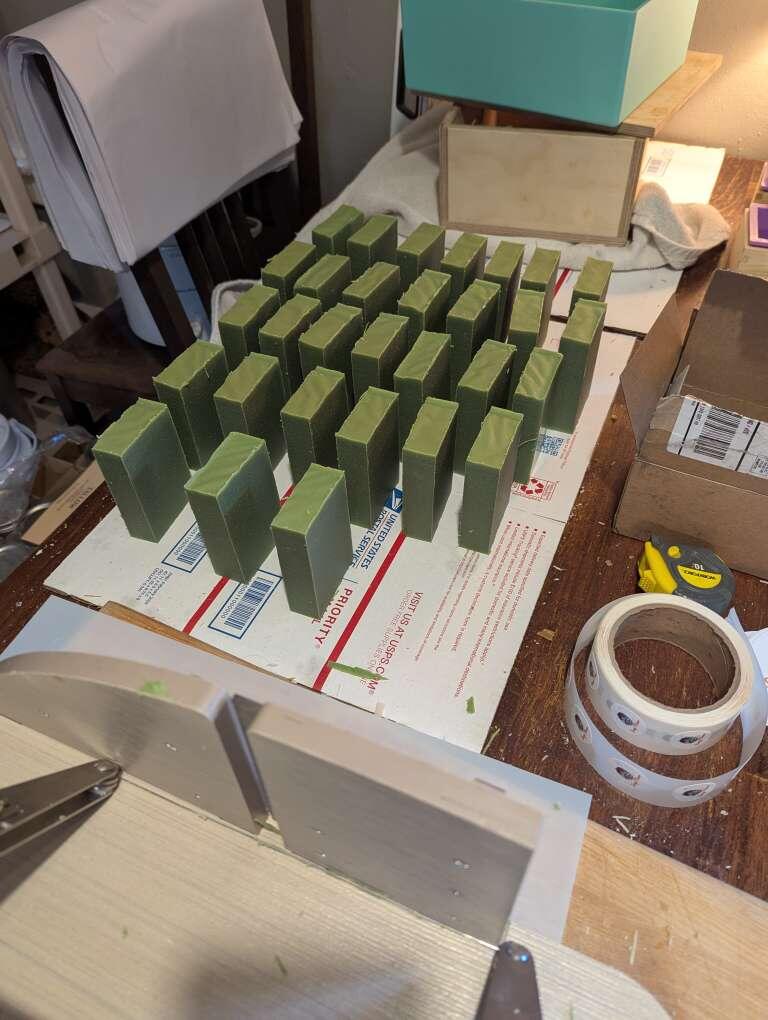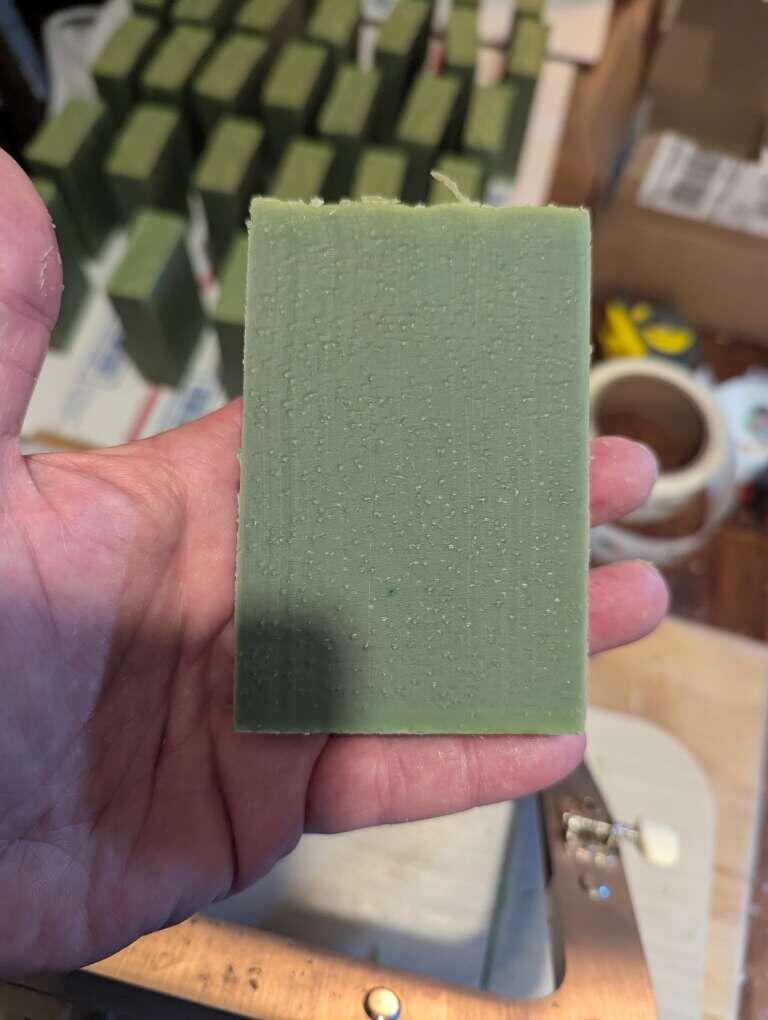Post by YODL
There's a lot of bunk gardening advice out there. Also, each region is going to have peculiarities (humidity, temp ranges, altitude, etc).
My advice for next season is to grow several/many plants of the same variety. The large amount gives you a greater chance of success, and the single variety makes it easier to troubleshoot when/if something goes wrong.
Make sure they are in a well balanced soil (not straight clay, or sand), and has good drainage. If you plant tomatoes in a low spot where water collects, they won't do so well. Tomatoes tend to do well when planted in soil that tomatoes were in the previous year. Although, if systemic fungal infection is an issue, you might want to use new soil.
You can provide nutrients in various ways. One is to mix organic fertilizer into the soil. Sometimes the fertilizers will need time to break down for the plants be able to consume them. Prepping your bed in late winter, or early spring will allow this to happen.
You can also add fertilizers from making "teas", then watering the plants with them. There are many ways to make organic fertlizer teas. They can be made with non-organic fertlizers too, but screw that!
Make sure they have plenty of nitrogen when they're starting out, and plenty of phosphorus and potassium when they're blooming and making fruit. They will always need all three (which are the NPK numbers on fertilizer products), but they lean on different ones for different reasons.
In addition, they will need calcium (bone meal, for example) and magnesium. Without this combo, you can get blossom-end rot, poor production, and other wonkiness.
One trick for helping your plant against pests is to strip away the lowest leaves. If the plant gets big enough, the lower 18" or so will be bare stems. Most pests hatch from the soil. As they climb your stalks, they'll starve before they make it too far.
There's plenty more to discuss (amount of sunlight, watering, air, etc), but this info should give you a decent starting place.
0
0
0
0
Thank you. Bookmarking.
One last thing. Pruning along the way is very important I gather. I understand I should clip new growths that start in middle of where two branches meet, as well as a bit later offshoots called "suckers" which I'm still struggling to identify.
Just curious if that about captures it. Tomatoes are hard!
0
0
0
0









